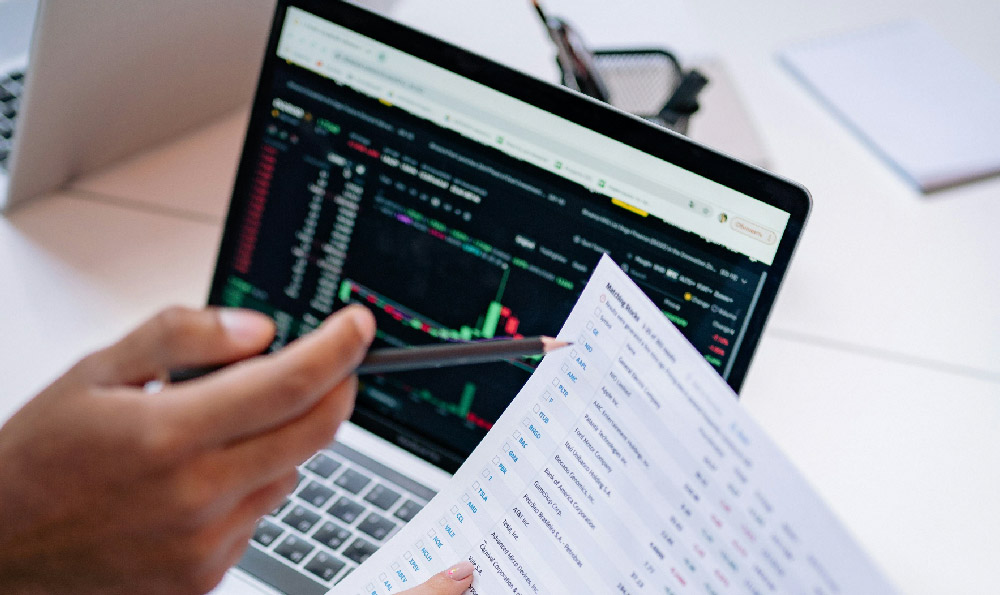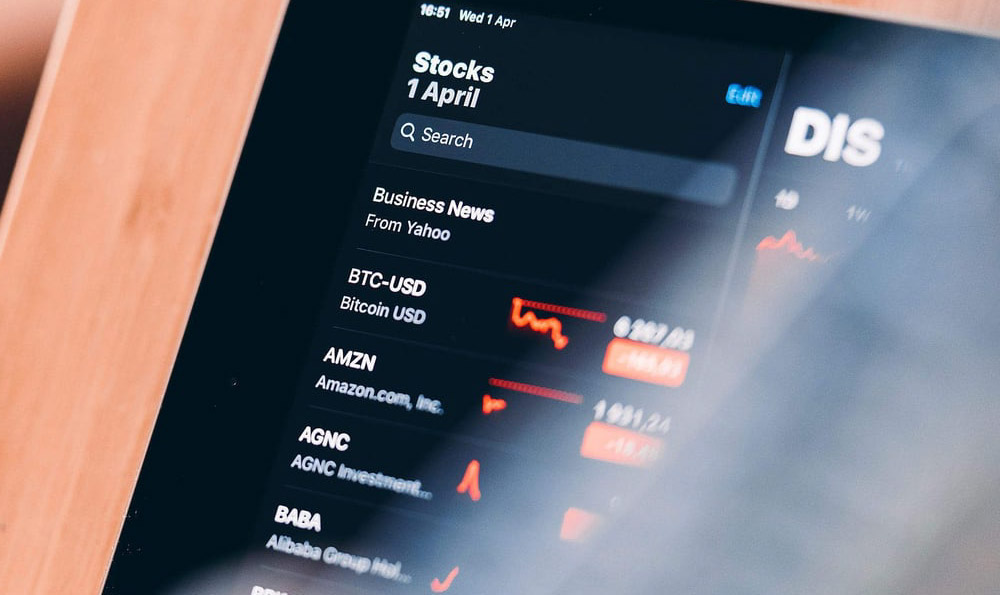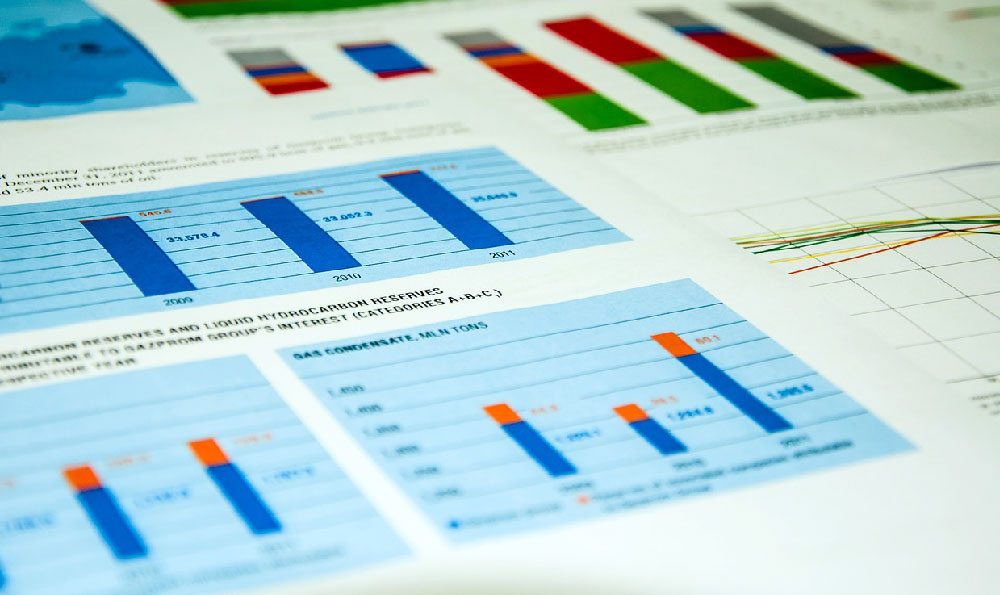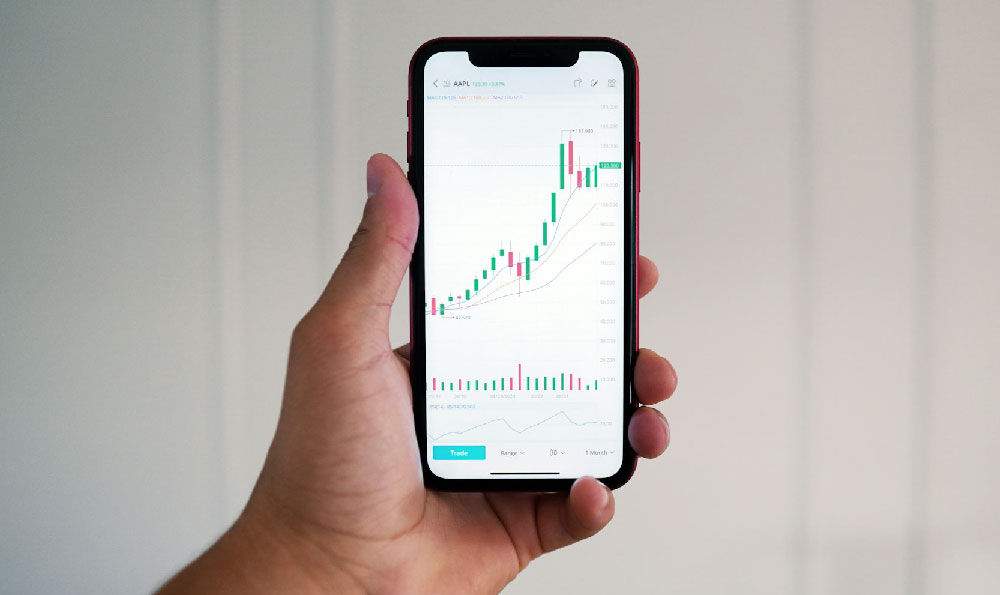ETFs: How to Invest and Are They Right for You?

Okay, here's an article based on your title, aimed at providing comprehensive advice on ETFs, suitable for a broad audience, and written without overly structured formatting or numbered lists.
ETFs: Navigating the World of Exchange Traded Funds
The investment landscape is a vast and often confusing terrain, populated by a multitude of instruments designed to grow your wealth. Among these, Exchange Traded Funds, or ETFs, have risen to prominence, offering a compelling blend of diversification, liquidity, and relatively low cost. Understanding how to invest in ETFs and whether they align with your specific financial goals is crucial for any investor, from the novice to the seasoned professional.

Let's begin with the fundamentals. At their core, ETFs are investment funds that trade on stock exchanges, much like individual stocks. However, instead of representing ownership in a single company, an ETF typically holds a basket of assets, such as stocks, bonds, or commodities. This diversified approach is one of the key advantages of ETFs, mitigating the risk associated with investing in single securities. Imagine, for instance, an ETF that tracks the S&P 500. By investing in this ETF, you are essentially investing in the 500 largest publicly traded companies in the United States, gaining exposure to a wide swath of the American economy.
One of the first questions any potential ETF investor should ask is: what are my investment goals? Are you saving for retirement, a down payment on a house, or simply seeking to grow your capital over time? Your investment horizon – the length of time you plan to hold your investments – will also influence your ETF choices. For long-term goals, such as retirement, you might consider ETFs that focus on growth stocks or broad market indices. For shorter-term goals, you might opt for more conservative ETFs that invest in bonds or other fixed-income securities.
Another critical factor to consider is your risk tolerance. How comfortable are you with the possibility of losing money? Different ETFs carry different levels of risk. For example, ETFs that track emerging markets or specific sectors of the economy (like technology or healthcare) tend to be more volatile than ETFs that track broad market indices or invest in government bonds. Understanding your own risk tolerance is essential for selecting ETFs that you can comfortably hold, even during market downturns. It's often wise to consult with a financial advisor to objectively assess your risk profile.
Choosing the right ETF requires careful research. Start by identifying the asset class you want to invest in. Do you want exposure to stocks, bonds, commodities, or a combination of these? Once you have identified the asset class, you can then begin to compare different ETFs that invest in that area. Pay close attention to the ETF's expense ratio, which is the annual fee charged to manage the fund. Lower expense ratios are generally preferable, as they mean more of your investment returns go directly into your pocket. Also, consider the ETF's tracking error, which measures how closely it follows its underlying index. A lower tracking error indicates that the ETF is effectively replicating the performance of its benchmark.
Liquidity is another important consideration. Liquidity refers to how easily an ETF can be bought or sold on the market. ETFs with high trading volumes are generally more liquid, meaning you can buy or sell them quickly without significantly impacting the price. Check the average daily trading volume of an ETF before investing, especially if you plan to trade it frequently.
Once you have selected your ETFs, the next step is to decide how much to invest. This will depend on your overall investment strategy and your available capital. It is generally advisable to diversify your investments across multiple ETFs, rather than putting all your eggs in one basket. This will help to further reduce your risk and increase your chances of achieving your financial goals. A common strategy is to allocate your investments across a range of ETFs that cover different asset classes and geographical regions.
Buying ETFs is typically a straightforward process. You can purchase them through any brokerage account, just like you would buy stocks. Most online brokers offer a wide selection of ETFs and provide tools to help you research and compare different funds. Once you have opened a brokerage account, you can simply search for the ETF by its ticker symbol and place a buy order.
ETFs are not without their potential downsides. While generally less expensive than actively managed mutual funds, they still have fees, and these fees can eat into returns over time, especially in a low-growth environment. Additionally, some specialized ETFs can be quite complex, and it’s crucial to fully understand what the ETF invests in before committing capital. Furthermore, market fluctuations can impact ETF values just as they do individual stocks, and past performance is never a guarantee of future results.
In conclusion, ETFs offer a powerful and accessible way to diversify your investment portfolio and achieve your financial goals. By understanding the fundamentals of ETFs, assessing your own investment goals and risk tolerance, and conducting thorough research, you can make informed decisions about which ETFs are right for you. Remember to regularly review your portfolio and rebalance as needed to ensure that it continues to align with your evolving financial needs and goals. Whether you're a seasoned investor or just starting out, ETFs can be a valuable tool in your investment arsenal.















